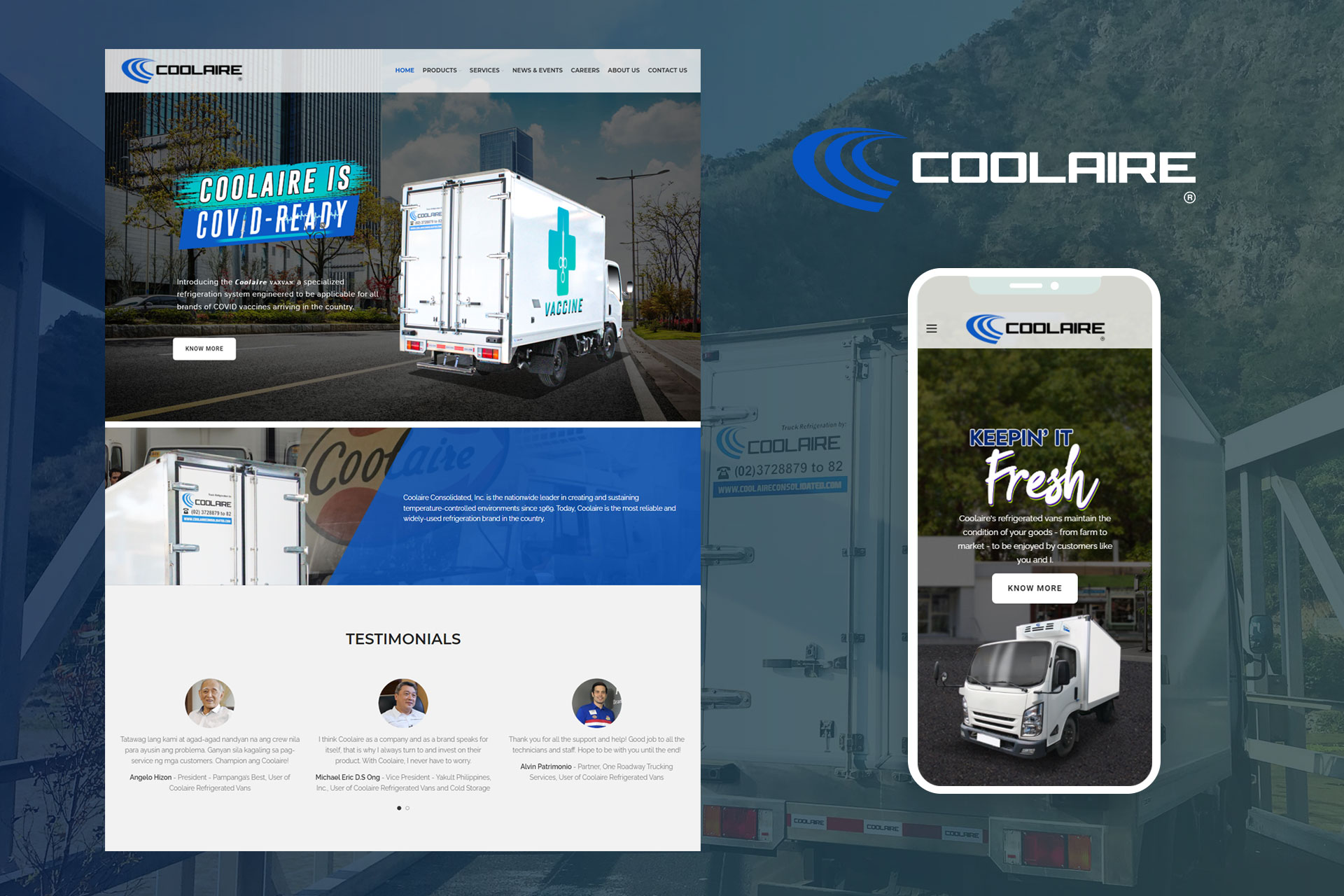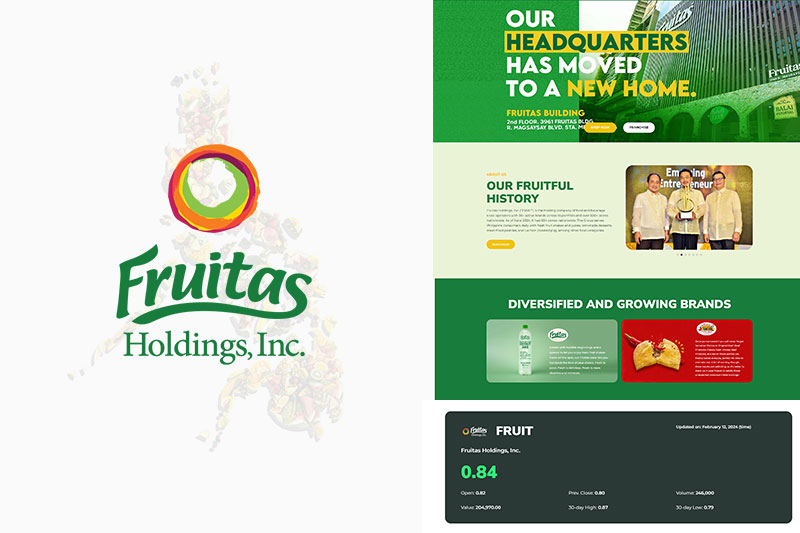Every website faces risks from cyber or online threats, making protection crucial. That’s why a Web Application Firewall (WAF) plays a vital role in defending web applications from attacks. But what exactly is a WAF, and why is it important for your site’s security? Let’s find out.

Table of Contents
- What is a Web Application Firewall (WAF)?
- How Does a WAF Work?
- Types of WAFs
- Why is a WAF Important?
- Implementing a WAF: What You Need to Know
What is a Web Application Firewall (WAF)?
A Web Application Firewall (WAF) is a security tool that protects your website by monitoring and filtering the traffic that goes in and out. You can think of it like a security guard for your site, checking who gets in and blocking any harmful activity. Just as a computer firewall keeps unauthorized users out, a WAF stops dangerous web traffic from reaching your site, keeping it safe from various online threats.
How Does a WAF Work?
A WAF operates by examining HTTP requests and responses between a web application and its users. It uses predefined security rules to identify and block malicious activities. Here’s a simple breakdown of how it works:
- Traffic Inspection: A WAF checks all incoming traffic to your website, looking for anything unusual or suspicious that might signal a threat.
- Rule Application: It uses a set of rules to decide if the traffic is safe or not. These rules can be adjusted to fit your specific needs and protect against the types of attacks your site might face.
- Threat Mitigation: If the WAF spots something risky, it takes action. This usually means blocking the harmful traffic or sending you an alert so you can address the potential threat.
Types of WAFs
There are primarily three types of WAFs you might encounter:
● Network-Based WAFs
Installed within a local area network (LAN), these WAFs are typically hardware-based and offer high performance with low latency.
● Host-Based WAFs
These are software solutions installed on the web server itself. While they are generally less expensive than network-based WAFs, they can consume server resources, which might slow down the traffic filtering process.
● Cloud-Based WAFs
Cloud-based WAFs are easy to set up and manage, offering automatic updates, scalability, and real-time monitoring. They’re cost-effective and ideal for handling high traffic, but you’ll need to rely on a trusted cloud provider for security.
Why is a WAF Important?
So, why should you invest in a WAF? Here are some compelling reasons:
1. Protection Against Common Threats
A WAF is crucial for defending against common web application threats such as:
- SQL Injection: Attackers manipulate SQL queries to access or manipulate database information.
- Cross-Site Scripting (XSS): Malicious scripts are injected into web pages viewed by other users.
- Cross-Site Request Forgery (CSRF): Attackers trick users into performing actions they didn’t intend to.
Related: What is Website Security? How It Works, Benefits, Vulnerabilities, Threats, and More
2. Compliance with Security Standards
Many industries have specific security regulations and standards, such as PCI-DSS for payment card data or GDPR for personal data protection. A WAF helps ensure compliance with these standards by providing an additional layer of security to meet regulatory requirements.
3. Mitigation of Zero-Day Vulnerabilities
Zero-day vulnerabilities are security flaws that are exploited by attackers before a patch or fix is available. A WAF can offer protection against these vulnerabilities by using advanced threat detection techniques and heuristics to identify and block exploits even if they target previously unknown vulnerabilities.
4. Reduced Downtime and Loss
Cyber-attacks can cause significant downtime and financial losses. By blocking malicious traffic and attacks before they reach your application, a WAF helps maintain the availability and performance of your web services, minimizing potential disruptions and losses.
5. Enhanced Security Posture
A WAF doesn’t just react to threats; it also helps you proactively manage and enhance your security posture. With features like logging and alerting, it provides valuable insights into potential security issues, helping you to stay ahead of evolving threats.
Implementing a WAF: What You Need to Know
If you’re considering implementing a WAF, here are a few tips to ensure you get the most out of it:
1. Choose the Right Type
Select a WAF that aligns with your specific needs and infrastructure. Network-based WAFs are great for high-performance requirements, while cloud-based WAFs offer ease of management and scalability.
2. Customize Rules
Customize the security rules to match the unique requirements of your web application. Generic rules are useful, but tailored rules provide better protection against specific threats that might target your application.
3. Monitor and Update
Regularly monitor the WAF’s performance and update its rules to adapt to new threats. Cybersecurity is a constantly evolving field, and your WAF needs to evolve with it.
4. Integrate with Other Security Measures
A WAF is just one component of a comprehensive security strategy. Integrate it with other security measures like intrusion detection systems (IDS), secure coding practices, and regular vulnerability assessments for robust protection.
A Web Application Firewall (WAF) is a vital component of web security, offering essential protection against a range of cyber threats. Hence why, investing in it not only enhances your security posture, but also provides peace of mind, knowing that you’re taking proactive steps to protect your online assets.
Looking for a web design company for your business? Contact us today, and we’ll be glad to assist you!


 Shopify Website Design
Shopify Website Design  Small Business Marketing
Small Business Marketing 




